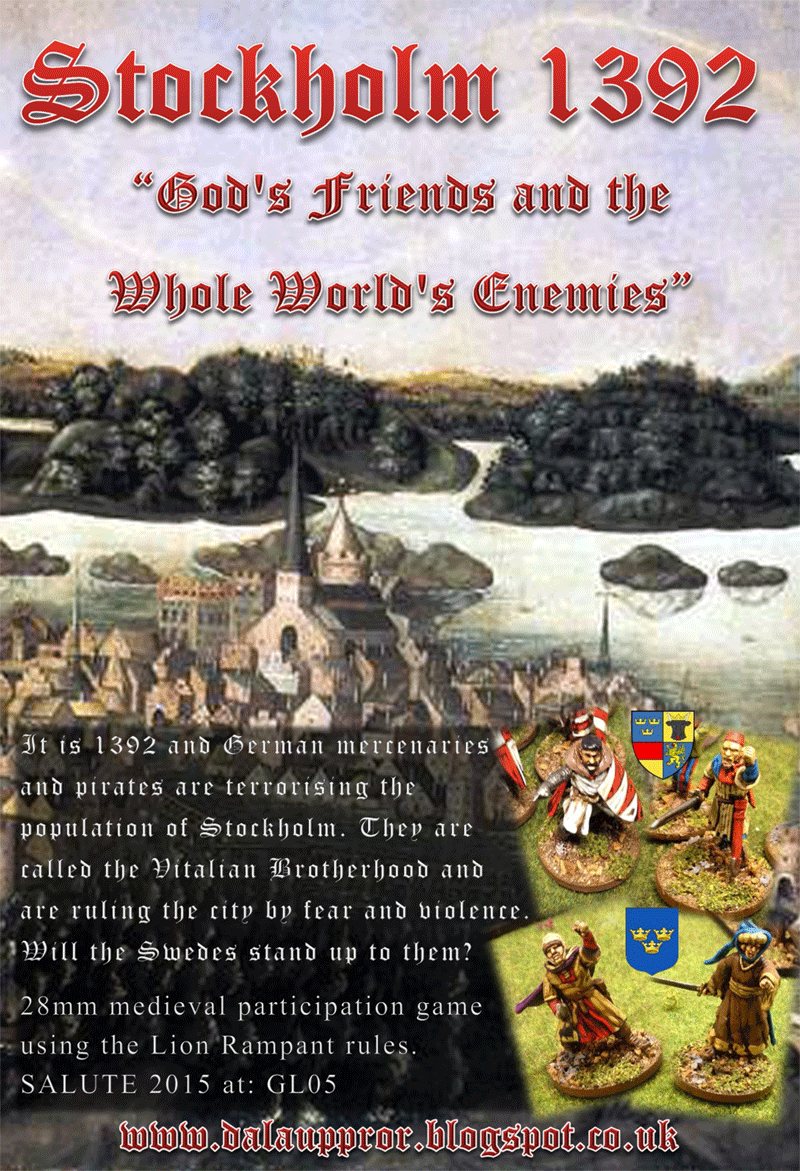At several occations during the Finnish war 1808 the Swedish army was supported by the Swedish Archipelago fleet, officially the fleet of the Army. It existed between 1756 and 1823. Its purpose was to protect the coasts of Sweden, which was surrounded by a natural barrier of archipelagoes (or skerries). Throughout its existence, it was a largely independent arm of the army, separate from the navy,
The archipelago fleet was active in several wars from 1757 to 1814: the Swedish involvement in the Seven Years' War, the Russo–Swedish War of 1788–90, the Finnish War of 1808–09 and the brief Swedish–Norwegian War of 1814.
Its vessels consisted of traditional Mediterranean-style galleys, prams, gunboats and specially-designed broadside-armed "archipelago frigates". All types had the ability to operate under oars and a small draft, enabling them to navigate the shallow and often treacherous inshore waters. After the war of 1788-90, it consisted mostly of smaller vessels, primarily specially designed yawls and sloops that carried only one or two heavy guns, usually 18-24-pounders.
In 1790, the fleet consisted of 285 armed vessels. These were crewed by 320 officers, 675 NCOs, and about 6,000 sailors. Additionally, the vessels carried 593 army officers who commanded about 17,000 NCOs and soldiers, most of the soldiers was used as rowers for the ships and a few as Marine infantry.
For my Finnish war 1808 project I have decided to build me the smalest ship in the Archipelago fleet a A gun yawl (kanonjolle) it´s armament consisted of single 18- to 24-pound gun at stern. The heavy gun and the small size of the vessel required that the design have a distinct tail for stability.
Designed along same principles as the slightly larger gun sloops, the yawls were roughly 11 to 15 meters in length while having draft of only 0.75 meters. They had 5 - 10 oar pairs with one man at each oar, and they were equipped with one or two collapsible masts, in battle, however, they was rowed or anchored up, but never sailed.
Their advantage was their shallow draft, their low crew complements, only 24 men or so, a big gun and because they shot in the hull direction, they showed up only the "narrow" side and was a small , low target, that were difficult to engage. On the other hand, a single hit and they were put out of action.
In the sea Battle of Svensksund 9 July 1790, there was 154 Swedish Gun sloops and Gun Yawls participating in the 12 hour battle and only 4 of them was sunk. The Russians had about 80 comparable gunboats in the battle, despite the great Russian defeat only 5 of them was sunk.
Anyway I won´t do any sea battles but use it as a support for my land troops and for wargaming so I will make some shortcuts during my scratch build. I already had a MDF base I wanted to use so I had to have a size that fitted on the MDF base, so the size of my 28mm Gun yawl will be 200mm x 45mm and I aim for 10 rowers and about 5 other crew to man the gun.
All parts so far are cut from 5mm balsa wood except for the gun that are the "52mm Brass cannon on Beech carriage kit" from The Model Dockyard.






































Fantastic! I have always fancied doing one for Napoleonic danes.Now I know now...
ReplyDeleteWhat a fascinating build and a great start Michael, looking forward to more updates.
ReplyDeleteNice start to a unique model!
ReplyDeleteGreat looking model and fantastic source material! Looking forward to the end product.
ReplyDeleteReally nice work Michael
ReplyDeleteThat is really cool Michael!
ReplyDeleteAwesome!
ReplyDeleteThis is the perfect addition to Napoleonic Swedes. Loving it. /Mattias
ReplyDeleteGreat start Michael!
ReplyDeleteDid you hear they built a Finnish War type gun sloop in Sveaborg a while back? http://frantic.s3.amazonaws.com/suomenlinna/2016/01/sluuppi2.jpg
ReplyDeleteExcellent work and I learnt something new as well:) I think the Danes used something similar during the 1st Schleswig-Holstein War, but would have to check my books.
ReplyDeleteA great idea and a magnificent history...
ReplyDeleteLooking damn good Michael!
ReplyDeleteAlready looking great Michael!
ReplyDeleteChristopher
Excellent. Inspiration to get out and make some for myself.
ReplyDelete